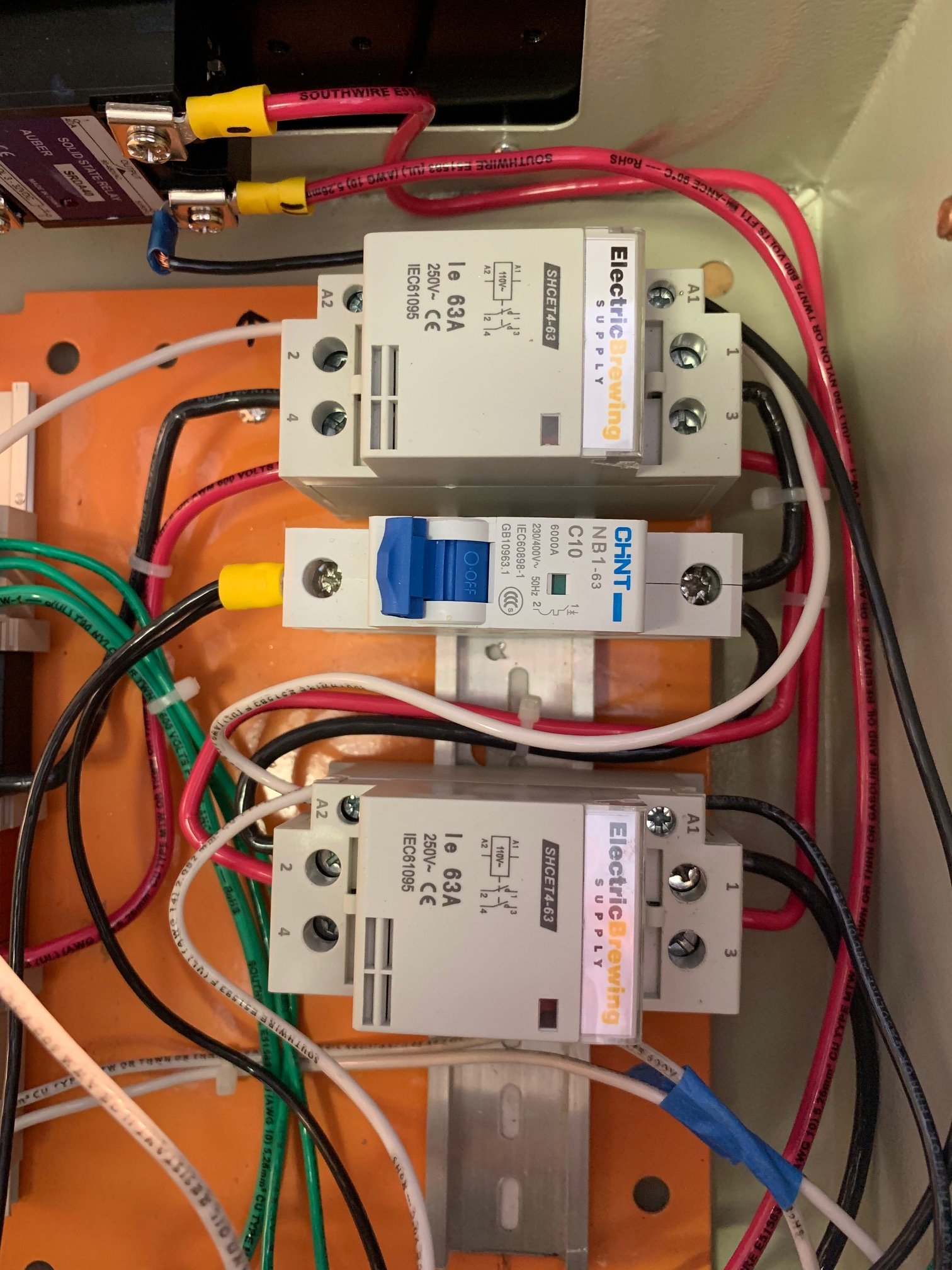I was wondering if someone can help me out. I'm wiring up a control panel. The issue is that I can't get the wires to secure tightly in the 63A contactor terminals. I'm cranking them down but as soon as there is a bit of movement, the wires just slide right out.
I'm using 10AWG stranded electrical wire. Are these designed for solid gauge wire???
The wire flattens out and slides right out.
Any thoughts?
Thanks,
Ed
I'm using 10AWG stranded electrical wire. Are these designed for solid gauge wire???
The wire flattens out and slides right out.
Any thoughts?
Thanks,
Ed




















![Craft A Brew - Safale BE-256 Yeast - Fermentis - Belgian Ale Dry Yeast - For Belgian & Strong Ales - Ingredients for Home Brewing - Beer Making Supplies - [3 Pack]](https://m.media-amazon.com/images/I/51bcKEwQmWL._SL500_.jpg)






































